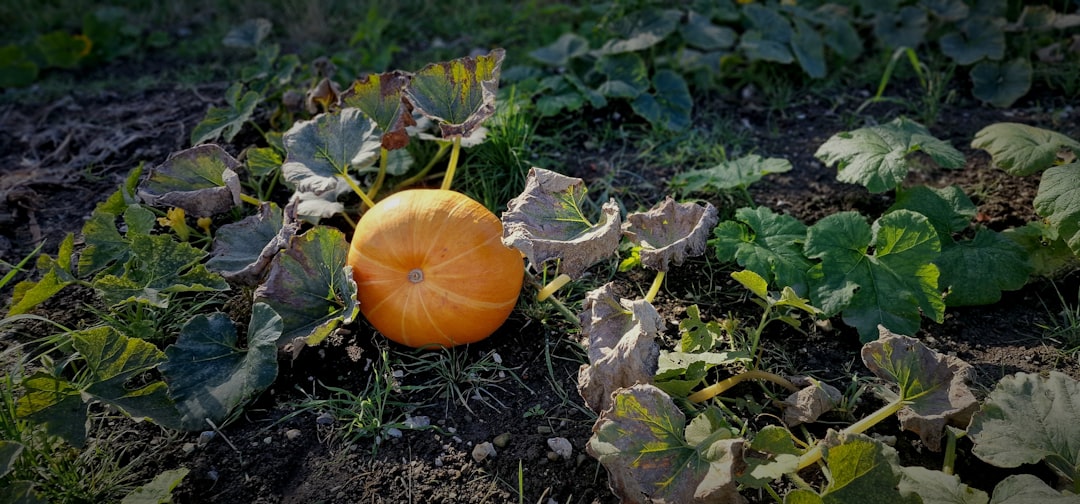Unveiling the Secrets of Cultivating Jerusalem Sage

Jerusalem sage, a remarkable mounding, shrubby perennial, is a true gem for any garden. Its vibrant flower spikes not only add a splash of color but also attract a variety of pollinators, making it an essential addition to your outdoor space. In this article, we will explore the essential tips for growing Jerusalem sage successfully.
### Understanding Jerusalem Sage
Before delving into the cultivation process, it's crucial to understand the characteristics of Jerusalem sage. This plant belongs to the Lamiaceae family and is native to the Mediterranean region. It typically grows to a height of 2 - 3 feet and spreads about the same width. The foliage is gray - green, with a velvety texture, and the flower spikes can range in color from yellow to orange, blooming from late spring to early summer.
### Site Selection
One of the first steps in growing Jerusalem sage is choosing the right site. This plant thrives in full sun, so select a location in your garden that receives at least 6 - 8 hours of direct sunlight per day. Jerusalem sage also prefers well - drained soil. It can tolerate a wide range of soil types, including sandy, loamy, and rocky soils, as long as they drain well. Avoid areas with heavy, clay - like soil that retains water, as this can lead to root rot.
### Soil Preparation
Once you've chosen the site, it's time to prepare the soil. Start by removing any weeds, rocks, or debris from the area. You can then loosen the soil to a depth of about 12 - 15 inches using a garden fork or tiller. If your soil is heavy or has poor drainage, you can add organic matter such as compost, aged manure, or peat moss to improve its structure. Mix the organic matter thoroughly into the soil to a depth of about 6 - 8 inches. This will not only improve drainage but also provide essential nutrients for the plant.
### Planting
Jerusalem sage can be planted either from seeds or from nursery - grown plants. If you're starting from seeds, sow them indoors about 8 - 10 weeks before the last frost date. Fill a seed tray with a good quality seed - starting mix and sprinkle the seeds on the surface. Cover the seeds lightly with a thin layer of the mix and keep the soil moist. Place the seed tray in a warm, sunny location, and the seeds should germinate within 1 - 2 weeks. Once the seedlings have developed a few sets of true leaves, they can be transplanted into individual pots and grown until they are large enough to be planted outdoors.
If you're using nursery - grown plants, dig a hole that is slightly larger than the root ball of the plant. Place the plant in the hole, making sure that the top of the root ball is level with the surrounding soil. Backfill the hole with soil and gently firm it around the base of the plant. Water the plant thoroughly after planting to settle the soil and remove any air pockets.
### Watering
Jerusalem sage is a drought - tolerant plant once established. However, during the first few weeks after planting, it's important to keep the soil evenly moist to help the plant establish a strong root system. Water the plant deeply once or twice a week, depending on the weather conditions. As the plant matures, you can reduce the frequency of watering. Overwatering can be a problem, as it can lead to root rot and other diseases. To check if the plant needs water, stick your finger into the soil about an inch deep. If the soil feels dry, it's time to water.
### Fertilizing
Jerusalem sage doesn't require a lot of fertilizer. In fact, too much fertilizer can result in excessive foliage growth at the expense of flower production. You can apply a balanced, slow - release fertilizer in the spring, just as new growth begins. Follow the instructions on the fertilizer package for the correct application rate. Alternatively, you can use a light application of compost or well - rotted manure around the base of the plant once a year.
### Pruning
Pruning is an important part of maintaining Jerusalem sage. After the plant has finished blooming, you can cut back the flower spikes to encourage new growth and potentially a second flush of blooms. In the late winter or early spring, you can also prune the plant to shape it and remove any dead, damaged, or diseased branches. Cut the branches back to just above a set of healthy leaves or buds. This will help keep the plant looking tidy and promote healthy growth.
### Pest and Disease Control
Jerusalem sage is generally a pest - and disease - resistant plant. However, it can occasionally be affected by aphids, whiteflies, or spider mites. You can control these pests by using a strong stream of water to wash them off the plant or by applying an insecticidal soap or neem oil. As for diseases, root rot can be a problem if the soil is poorly drained. To prevent this, make sure to plant the sage in well - drained soil and avoid overwatering.
In conclusion, growing Jerusalem sage can be a rewarding experience. By following these essential tips on site selection, soil preparation, planting, watering, fertilizing, pruning, and pest and disease control, you can enjoy the beauty of this plant and the pollinators it attracts in your garden for years to come.